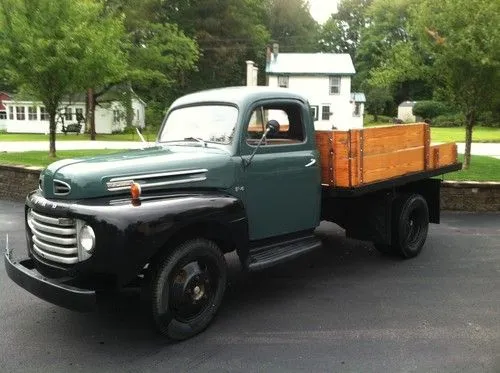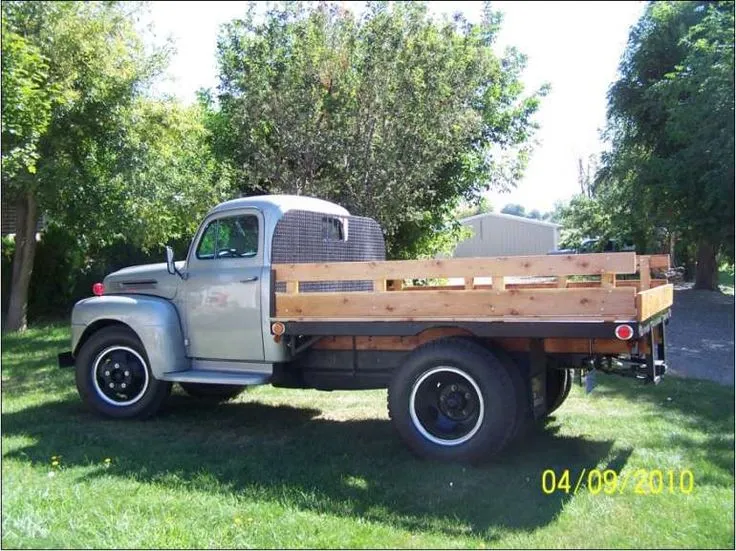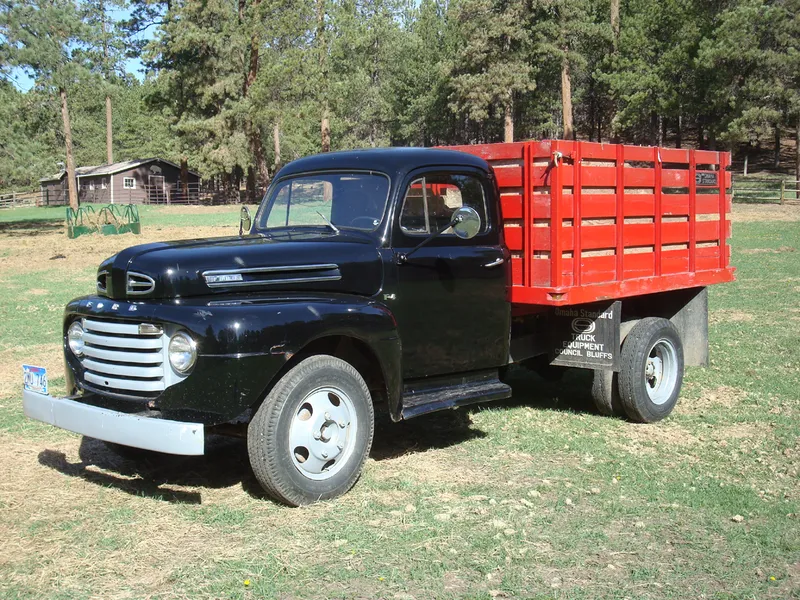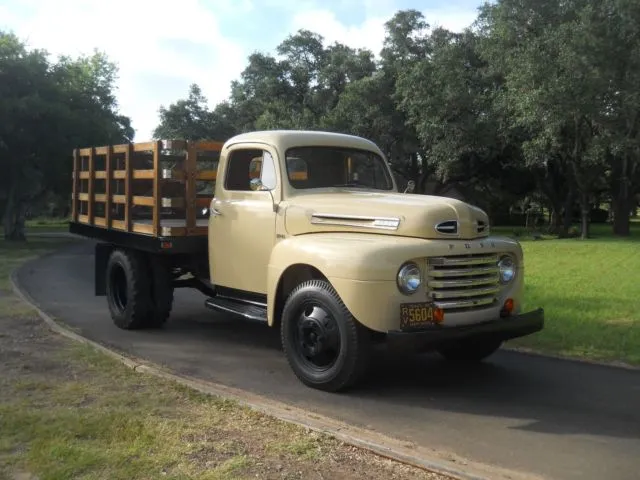
The Ford F-4 was a part of Ford’s historical lineup of trucks, produced in the mid-20th century. Alongside other models in the F-Series, the F-4 was designed as a light to medium-duty truck, primarily utilized for commercial and industrial purposes.
Key features of the Ford F-4 truck:
Design and Utility: The F-4 had a utilitarian design, typical of trucks from that era. It was available in various body styles, including flatbeds, pickups, and chassis-cab configurations, offering versatility for different commercial applications.
Engine and Performance: Equipped with an inline-six engine, the F-4 provided sufficient power for its intended tasks. These trucks were capable of carrying moderate loads and performing light to medium-duty work.
Durability and Reliability: Known for its ruggedness, the F-4 was appreciated for its durability and reliability. It was favored by small businesses, farmers, and industries requiring a reliable workhorse for transportation and hauling.
Historical Significance: As part of Ford’s early F-Series lineup, the F-4 played a role in shaping the legacy of Ford trucks. It represents an era when pickup trucks were evolving from simple utility vehicles to more versatile and adaptable machines.
The F-4, like many models from that period, holds a place in automotive history and continues to be a point of interest for enthusiasts and collectors of vintage trucks. Its legacy contributes to the rich history of Ford trucks and their evolution over time.





